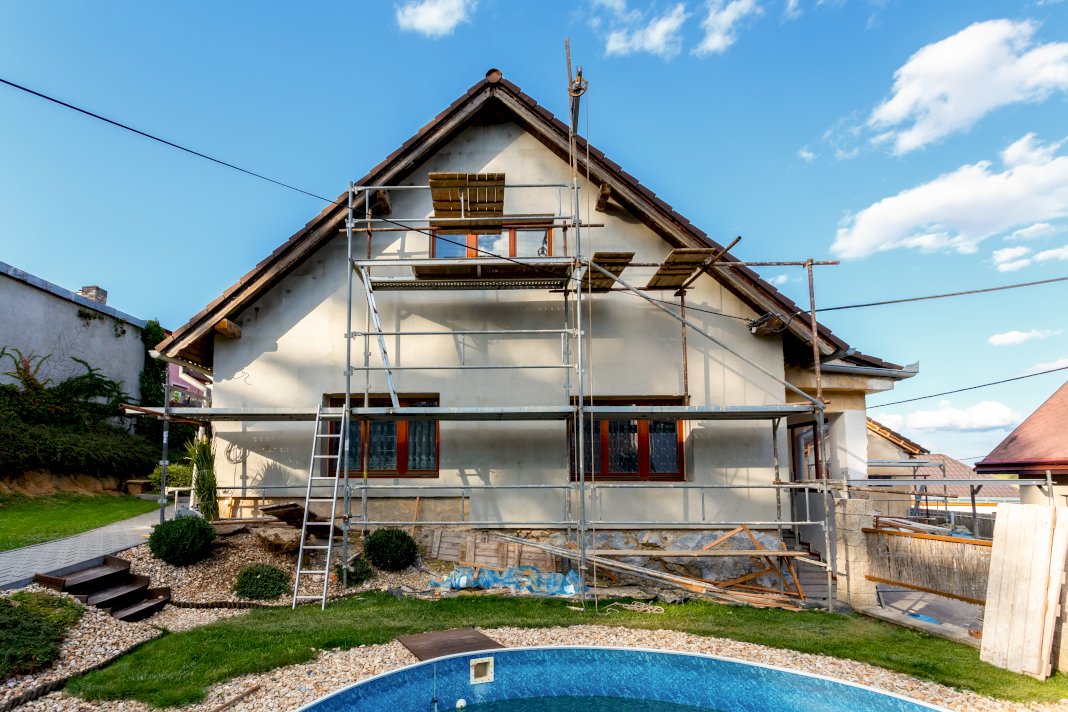Home Remodeling and Renovation Guide for Beginners

If you’re considering a home renovation project, you’re not alone. GlobalData reports that 77.2% of homeowners took at least one home improvement project in 2020. This figure was much higher than the 68.2% in 2019. And as the pandemic continues, this number is expected to grow even higher in the following years.
But before you start tearing down walls and jumping into the trend, you must do your research and make a plan. A successful home remodels, or renovation requires careful organization, a realistic budget, and a clear understanding of your goals. Here’s a guide to help you make your home remodeling project a success.
Set realistic goals
Before starting any home improvement project, sit down and ask yourself what you hope to achieve. Do you want to increase the value of your home before selling it? Are you looking to create more space for your growing family? Or do you simply want to update the look and feel of your home? Once you know your goal, you can start to formulate a plan.
However, many homeowners tend to bite off more than they can chew. It’s important to be realistic about your project’s scope and budget. Otherwise, you may end up feeling overwhelmed and frustrated.
When in doubt, it’s always best to consult with a professional contractor. Understanding what is and is not possible will help you set realistic goals for your project. This way, you can avoid costly mistakes and unnecessary stress.
Create a budget
Once you know what you hope to achieve, it’s time to start planning your budget. Consider the cost of materials, labor, permits, and other associated expenses. It’s also important to factor in a contingency fund to cover unexpected costs.
As a general rule of thumb, experts recommend setting aside 10-20% of your total project cost as a contingency. Doing so will give you some wiggle room in case you encounter any unexpected issues.
It’s also important to remember that the cheapest option is not always the best option. When it comes to home improvement, quality should always come first. Choosing more inexpensive materials may save you money upfront, but it could cost you more in the long run.
So, take your time shopping around and comparing prices before making any final decisions. It’s the smartest way to ensure you stay within your budget and end up with a finished product you’re happy with.
Source your materials
Every home improvement project requires materials, whether lumber for a new deck or paint for your living room walls. If you’re working with a limited budget, you must be patient and look for the best deals. Home improvement stores often have seasonal sales and discounts, so it’s worth checking their websites and flyers regularly.
You can also get creative with your sourcing. Upcycled materials are becoming increasingly popular among DIYers and professional contractors alike. Reclaimed wood, for instance, can often be found for a fraction of the cost of new lumber.
If you’re willing to put in a little extra effort, a bit of creativity can help you save a lot of money on your home improvement project.

Invest in high-quality tools and equipment
DIY home improvement projects can be a great way to save money. But if you’re going to tackle a project yourself, you need to have the right tools and equipment. Otherwise, you risk damaging your home or injuring yourself.
Even if you’re only planning on tackling a small project, it’s still worth investing in high-quality tools. Many contractors suggest investing in Bobcat equipment because it’s durable and easy to use. These world-class types of machinery will make any home improvement project more manageable.
Of course, not everyone has the budget to purchase heavy-duty tools and equipment. If that is the case, you can always look for second-hand options. However, make sure to inspect these items thoroughly before making a purchase. When in doubt, it’s always best to err on caution and ask for expert advice. In doing so, you can avoid costly mistakes and keep your home improvement project on track.
Hire a professional contractor
Not every home improvement project requires the help of a professional contractor. But it’s always best to hire a pro if you can’t seem to handle the project yourself. A qualified contractor will have the experience and expertise to get the job done right the first time around.
Not only that, but professional contractors also have access to high-quality tools and equipment. That means they can usually get the job done faster and more efficiently than the average DIYer.
Of course, there is an associated cost to hiring a professional contractor. But this is usually worth it in the long run, as you can avoid making costly mistakes and end up with a finished product you’re happy with.
Home improvement projects can be a great way to save money and improve the look of your home. But before you start any project, it’s essential to do your research and make plans. By sourcing materials carefully, investing in necessary tools, and seeking help, you can ensure a successful home improvement project.